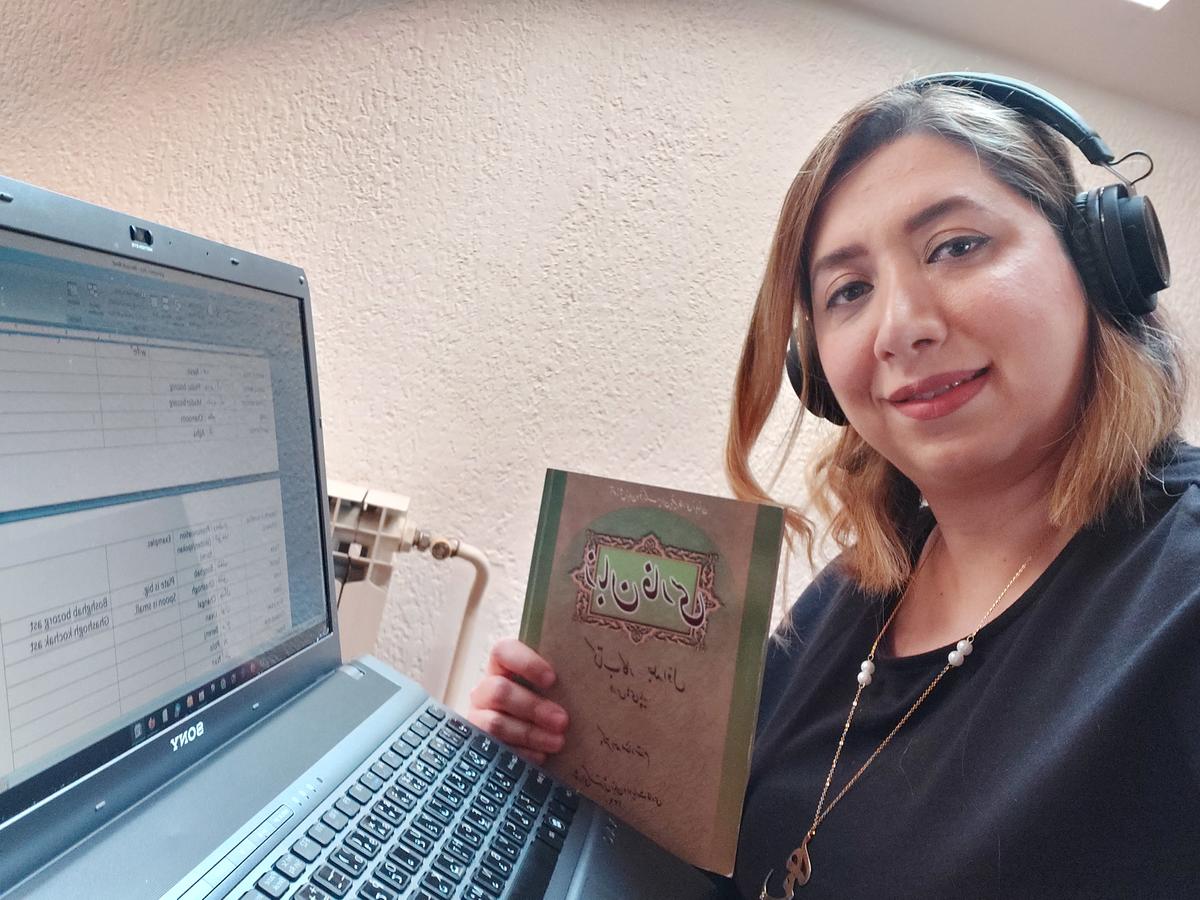Kosovo Crisis Update
Kosovo Crisis Update
The Exodus
In freezing and rainy winter conditions which threatened an increasing number of people, the massive exodus from Kosovo continued during the weekend.
And as the situation on the ground deteriorated, UNHCR for the first time urged countries not in the immediate area to offer a safe haven to the fleeing civilians.
"Kosovo's neighbours are swamped and they are no longer in a position to cope with the influx," High Commissioner Sadako Ogata said. "All nations must help now to save lives."
The main refugee movement late Saturday and Sunday was from Kosovo into Albania. An estimated 21,000 people arrived at the Morina crossing point and nearly 10,000 at Qafe Prushit, bringing to at least 204,000 the number of people who have fled to that country since March 24.
There was only a small trickle of refugees during the same period to the FYR of Macedonia where 115,000 people had already arrived, and to Montenegro which has received an estimated 33,000 Kosovars.
The situation at Qafe Prushit, an isolated mountainous area, was particularly desperate, according to UNHCR field workers. At least seven children reportedly died Saturday because of dehydration and the death toll could become much higher in coming days unless relief operations are greatly expanded. Until now it has been impossible to truck people from the region to improved conditions at Krume and Kukes and if they go on foot they have to walk 35 kilometres.
Three trucks were sent to the region Saturday night with blankets and biscuits.
The situation on the Macedonia border remained totally chaotic. An estimated 65,000 people remained trapped, in the open, in freezing rain, in a no-man's land between Kosovo and the Macedonian border crossing at Blace.
They had been dumped near the frontier by Serbian authorities, and were being allowed by the Macedonian authorities to cross into Macedonia proper at a snail's pace. Only limited relief was being allowed in from a few humanitarian agencies, including UNHCR, but other organizations had been refused permission to work there. Journalists were also refused entry and Macedonia beefed up its military and police presence there.
With the Blace entry point for all practical purposes blocked, thousands of fleeing Kosovars headed for another crossing point at nearby Jazince, where authorities set up one small table on the side of the road and processed people "extremely slowly" according to aid officials. There was a massive 25 kilometre backup stretching far into Kosovo where, refugees said, the remaining populations of the towns of Urosevac and Vucitrn were also on the move. These reports said Serbian authorities were transporting people by train from Kosovska Mitrovica to Urosevac and then taking them to the border in buses and trucks. Reports said throughout Kosovo tens of thousands of people were on the move in all directions trying to reach safety.
UNHCR asks other countries to help
High Commissioner Sadako Ogata, who earlier in the crisis had asked regional governments to keep their borders open to the refugees, said Sunday that other nations must now play a bigger role in helping the refugees and she urged countries to offer them a safe haven.
She said the European Union Presidency had offered as a first step to take in 20,000 people, of whom 10,000 would be received by Germany. Norway offered places for 6,000.
"I am encouraged that western governments appreciate the enormity of the Kosovo refugee drama, which can no longer be handled by Kosovo's immediate neighbours," she said.
UNHCR and the International Organization for Migration have begun to work out the details with interested governments.
The last time Europe gave temporary refuge to large numbers of displaced people was during the Bosnian war in the early 1990s, when three quarters of a million people sought refuge there. Many of these civilians have still not returned to their former homes in Bosnia.
International Cooperation
As the plight of an increasing number of refugees became more desperate, efforts to coordinate the international response picked up.
NATO pledged to send personnel and materials to assist in the crisis and in a first step a British NATO contingent, with UNHCR support, was establishing a reception centre in Macedonia for tens of thousands of people several kilometres away from the Blace border crossing at Brazda.
Humanitarian officials said nothing short of a full-scale military logistical operation would do to help the refugees because only armies such as those of the United States, Canada and European nations had the necessary expertise and logistical capability, especially in aircraft, to help so many people very quickly.
Soldiers last intervened in a humanitarian crisis in a large way in 1994 when more than one million Rwandans fled to the then Zaire almost overnight. That military intervention helped save tens of thousands of lives.
In Geneva an Air Operations Cell has been established at UNHCR headquarters to coordinate humanitarian airlift movements into the region. The Cell, staffed by U.N. personnel, will liaise with the Euro-Atlantic Disaster Relief Coordination Center at NATO headquarters. They will help clear all humanitarian flights into military controlled airspace in the Balkan region and offer logistical support.
The last time such an Operations Cell was established was to coordinate the humanitarian airbridge into the Bosnian capital of Sarajevo. That airlift lasted for 3½ years, the longest humanitarian airbridge operation in history.








